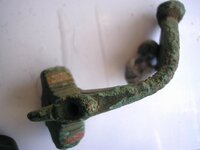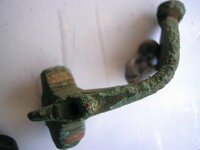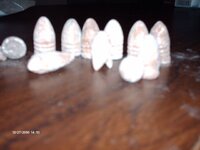B
born2md
Guest
I see all of your post and the great things you'all find in plowed fields. I have a question, are these fields where at one time homes or towns were located or just plain plowed fields. The reason I ask is here in Georgia most plowed fields have always been plowed fields. Infact, it is more likely that a home or town takes over a field and not the opposite. I know it may seem like a dumb question but if all that stuffs falling out of farmers pockets, I'm heading to the fields. A plowed field has to be easier to work then going up and down hills and through the woods fighting the underbrush and briers
Amazon Forum Fav 👍
Upvote
0












